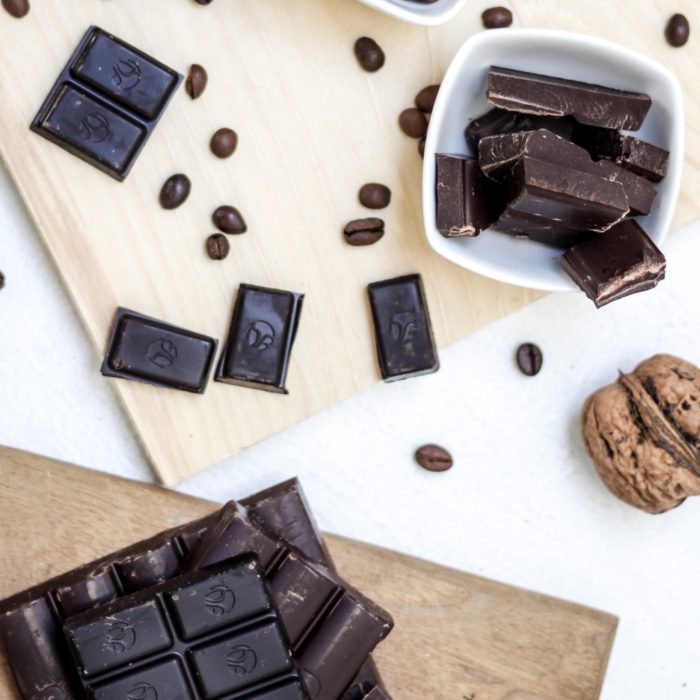Admit it. We love chocolate! But what if I were to tell you that the chocolate that you love and long for so much isn’t really chocolate at all? If you knew exactly what you were consuming would you still eat it? In the past years more and more chocolate consumers have become more concerned about what exactly is in the chocolate they eat. It is for the benefit of your health and for the benefit of chocolate producers around the world that you know when you are not consuming real chocolate of the highest quality.
8 steps to making real Chocolate
Like many things we consume we often fail to know the intricate details of what it is we are eating and the process that goes into making it. Here is a simple overview of how chocolate is made:
1. Get a Cocoa pad
2. Scrap out the beans
3. Let beans ferment in the sun for about 8 days.
4. After fermentation dry, roast and winnow the beans to bring out the cacao nib
5. The Cacao nibs then become processed to make what is known as cocoa liquor. This substance contains butter and solids.
6. The liquor is then pressed to extract the cocoa butter which then creates a solid called press cake.
7. The cocoa butter is then added back to the solids.
8. This mixture gets sweetened and is then further refined.
This is how real chocolate is made. So how is the “chocolate” that we most commonly consumed made?
What is Polyglycerol polyricinoleate aka PGPR?
For a simple explanation of what PGPR is, watch this:
This substance is used in most non-organically produced chocolate because it is a cheap substitute for cocoa butter.
Is it still Chocolate?
If the most important ingredient in chocolate is used in the absolute minimum amounts and in some cases, not at all, the question deserves to be asked is it still chocolate?
The United States government requires that anything classified as chocolate must have a minimum of 10% cocoa liquor in it. In other countries, the minimum is 25% to be called “real chocolate”. With these guidelines in place, many common and commercially consumed “chocolate” products have since had to change their marketing to comply with the requirements to be called chocolate.
PGPR is not the only questionable ingredient being used in commercially consumed chocolate products. Since profit is the only motive of the big candy makers anything that can emulate a chocolate-like result is on the table.
Palm oil is an oil that is in high demand in commercially produced foods. Palm oil consumption plays a big role in depleting our rain forests because the oil is derived from the palm fruit. Click here for more information about palm oil.
Not all Chocolate is created equally
Chocolate lovers deserve to eat real chocolate and enjoy it without damaging our planet. The easiest way to do this is to know where your chocolate comes and know how it is made. This can best be accomplished by only buying organic and locally produced cocoa products.
By doing this you know that you are not damaging the earth or your health in the process.
Cronigs Market offers a variety of organically and locally produced cocoa products. We invite you to come and try responsible chocolate.

